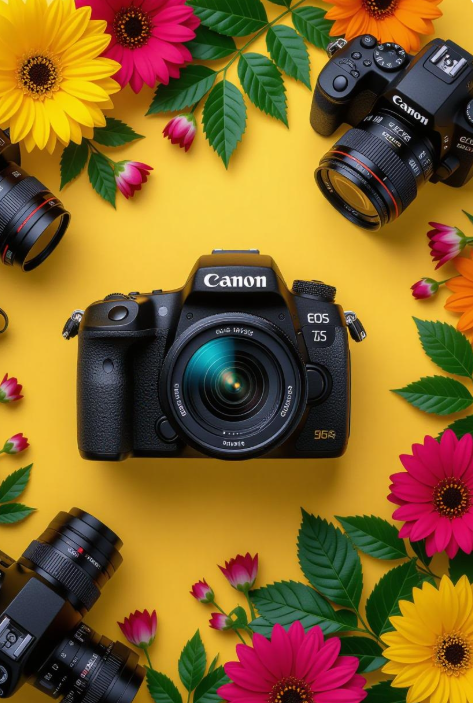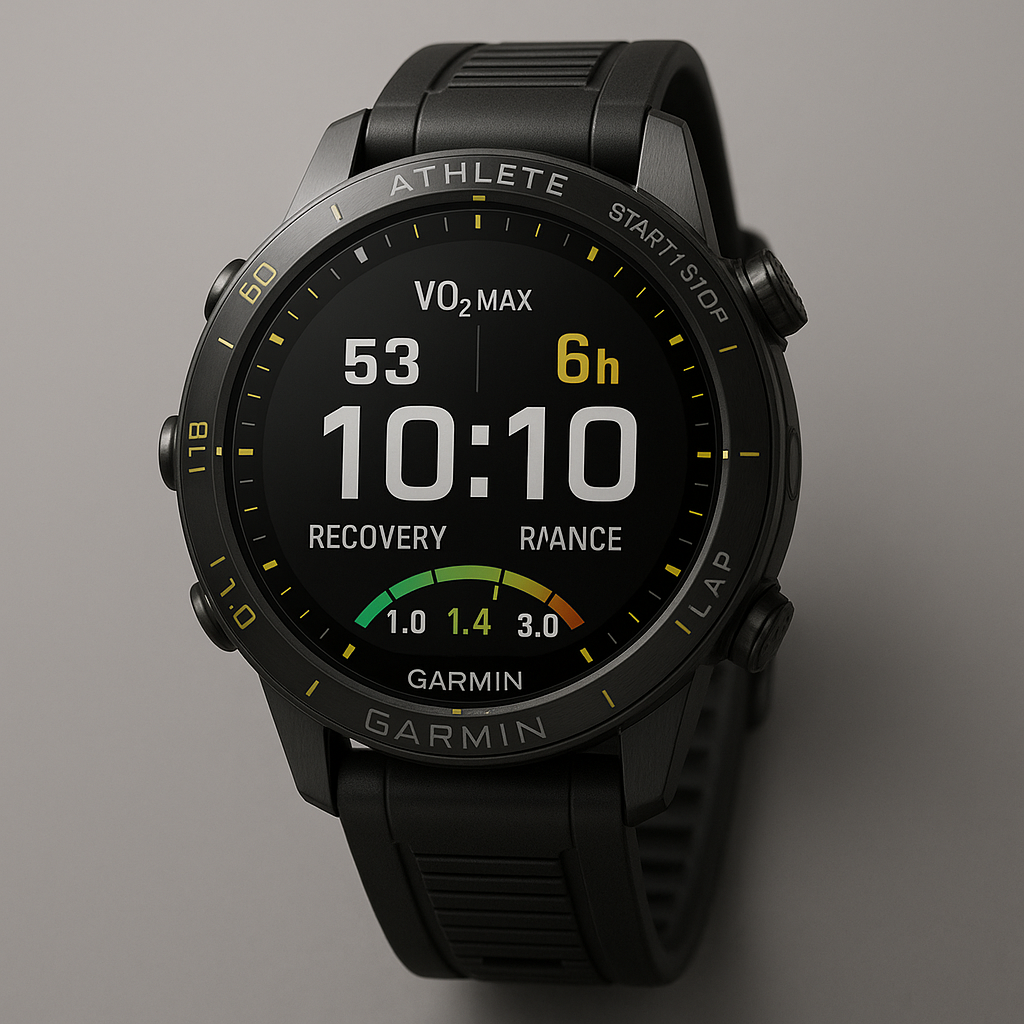As a tech enthusiast and reviewer with over 15 years of experience evaluating smartphones, I’ve seen the evolution of mobile devices from basic flip phones to the modern foldable marvels we have today. When Motorola announced the Razr 60 Ultra in April 2025, I was eager to get my hands on it. The Razr line has always held a special place in my heart, harking back to the iconic Razr V3 I owned in the early 2000s. Now, on June 2, 2025, at 8:41 AM IST, after spending three weeks with the Razr 60 Ultra, I’m ready to share my honest experience and address the most frequently asked questions I’ve encountered from online communities, tech forums, and social media platforms like X.
My Journey with the Razr 60 Ultra
I received the Razr 60 Ultra in the Pantone Mountain Trail finish, which features a real wood back a nod to the Moto X days that immediately caught my eye. The device arrived in a sleek black box with a scented interior, a nice touch, though I was disappointed to find no charger included. Over the past three weeks, I’ve used the Razr 60 Ultra as my primary device, testing its displays, cameras, performance, and AI features in real-world scenarios. I’ve also kept an eye on online discussions to see what potential buyers are most curious about. Let’s dive into the top questions.
Question 1: What Are the Key Features of the Razr 60 Ultra?
The Razr 60 Ultra is a flagship flip foldable phone that builds on its predecessor, the Razr 50 Ultra, with several upgrades. It features a 7.0-inch foldable LTPO AMOLED internal display with a 1224×2912 resolution, 165Hz refresh rate, and a peak brightness of 4,500 nits, supporting Dolby Vision and HDR10+. The external 4-inch LTPO AMOLED cover screen matches these specs with a 1272×1080 resolution and 3,000 nits brightness. Both screens are vibrant and responsive, making media consumption a joy—watching HDR content on the internal display felt immersive, though I noticed the manual brightness caps at 487 nits, which can be limiting in direct sunlight unless auto-brightness kicks in.
The device is powered by the Snapdragon 8 Elite chipset, paired with 16GB of LPDDR5X RAM and 512GB of storage. It has a 4,700mAh battery, a significant jump from the 4,000mAh in the Razr 50 Ultra, supporting 68W TurboPower charging and 30W wireless charging. The camera system includes two 50MP rear sensors a main wide-angle with OIS and a 2x lossless zoom capability, and an ultrawide with autofocus for macro shots plus a 50MP internal selfie camera. The design is stunning, with finishes like wood, vegan leather, or Alcantara, and a titanium-reinforced hinge that improves durability, earning an IP48 rating for dust and water resistance.
Question 2: How Does the Design and Build Quality Compare to Other Flip Phones?
The Razr 60 Ultra’s design is a standout. At 171.5×74.0x7.2mm when unfolded and 199g, it’s slightly larger and heavier than the Razr 50 Ultra, but still slim enough for tight pockets. The wood finish on my Mountain Trail unit adds grip and a unique aesthetic I’ve had strangers ask about it during my testing. The hinge feels sturdy, with Motorola claiming it can withstand 35% more folds than its predecessor, and the crease on the internal display is barely noticeable. The IP48 rating protects against dust larger than 1mm and submersion in 1.5m of water for 30 minutes, a step up from the IPX8 of the Razr 50 Ultra, making it more beach-friendly than competitors like the Samsung Galaxy Z Flip 6.
Compared to the Z Flip 6, the Razr 60 Ultra feels more comfortable in hand, thanks to its rounded aluminum frame. The Gorilla Glass Ceramic on the cover screen adds drop resistance, and the pre-applied screen protector on the internal display offers peace of mind though I’d caution against removing it, as it’s critical for the screen’s integrity. My only gripe is the camera rings, which attract dust quickly, but the included ring case (which doubles as a kickstand) helps with grip and protection without hiding the stunning design.
Question 3: How Is the Camera Performance?
The Razr 60 Ultra’s camera system is a mixed bag but generally impressive for a flip phone. The 50MP main camera captures vibrant, detailed images in daylight, with good dynamic range and natural colors. I took it to a local park and was pleased with how it handled bright sunlight and shadows in photos of flowers and trees. The 2x zoom, achieved through digital cropping, is surprisingly sharp for casual shots, though it softens at higher magnifications I’d have preferred a dedicated telephoto lens like the Razr 50 Ultra had. The 50MP ultrawide lens is great for landscapes and macro shots, with autofocus making close-ups of insects a breeze.
Selfies with the 50MP internal camera are excellent, offering rich detail and colors, though the lack of autofocus means you need to position yourself carefully. Using the cover screen to take selfies with the rear cameras adds versatility I loved capturing group shots with friends using the ultrawide lens. Low-light performance is strong for a flip phone, with the main camera delivering well-exposed shots with minimal noise during a night out. Video recording supports up to 4K60 on the rear cameras and 8K30 on the main camera, with Dolby Vision enhancing colors and contrast. However, the 2x zoom in video mode is noticeably softer, and I missed a 24fps option for cinematic footage.
Question 4: What Are the New AI Features, and Are They Useful?
The Razr 60 Ultra introduces Moto AI with a dedicated button on the left side, which I found both convenient and limiting since it can’t be remapped. A press-and-hold activates Moto AI, while a double press launches the ‘Update me’ feature, which summarizes notifications. I tested this after enabling Do Not Disturb during a meeting it grasped the gist of my WhatsApp messages but struggled with context, occasionally misinterpreting conversations. ‘Take notes’ offers audio recording with transcription, which was handy for capturing a lecture, though it’s slower than I’d like. It does differentiate between speakers, a step up from some competitors.
‘Image Studio’ lets you generate images from text prompts or sketches I had fun creating a sticker of my dog, but the results were hit-or-miss. ‘Playlist Studio’ creates playlists on Amazon Music, which I didn’t use since I’m a Spotify subscriber. The ‘Look and Talk’ feature, exclusive to the Razr 60 Ultra, lets you engage with Gemini by looking at the phone in stand mode, but I found it gimmicky and preferred using voice commands. Overall, Moto AI feels like a work in progress, with potential for improvement in future updates.
Question 5: How Is the Battery Life and Charging Speed?
The 4,700mAh battery is a highlight, lasting over a day and a half with moderate to heavy use. I used the phone for social media, photography, and streaming on both displays, and it consistently made it through a full day with 20-30% left. Charging is equally impressive using a 68W USB-PD charger (not included), I got 48% in 15 minutes, 78% in 30 minutes, and a full charge in 45 minutes. The 30W wireless charging is a nice bonus, doubling the speed of the Razr 50 Ultra, and I appreciated the 5W reverse charging for topping up my earbuds.
However, I noticed the phone can get warm during fast charging, especially with the ‘Charge boost’ option enabled. Features like Optimized Charging, which learns your habits, and an 80% overcharge protection mode help prolong battery lifespan, which I enabled after a week of testing to reduce wear.
Question 6: Is the Performance Worth the Price?
Priced at $1,299/£1,099, the Razr 60 Ultra is a premium device, and its performance reflects that—mostly. The Snapdragon 8 Elite chip is a powerhouse on paper, but I was disappointed by its thermal management. During stress tests, it throttled heavily, scoring only 42% on CPU tests and overheating after three minutes in GPU tests. Gaming was smooth for casual titles, but intensive games caused noticeable heat—hardly ideal for a flagship chipset. This thermal limitation feels like a missed opportunity.
That said, day-to-day performance is stellar. Apps launch quickly, multitasking is seamless with 16GB of RAM, and the 165Hz displays make scrolling buttery smooth. Motorola promises three OS updates and four years of security patches, which is decent but lags behind competitors like Samsung. For the price, I expected better thermal performance and longer software support, but the overall package stunning design, excellent displays, and robust battery life makes it a strong contender among flip phones.
A Beautiful Flip Phone with Some Flaws
The Motorola Razr 60 Ultra is the best flip phone I’ve tested in 2025, outshining the Samsung Galaxy Z Flip 6 in design, displays, and battery life. Its unique finishes, versatile cameras, and cover screen functionality make it a joy to use, and the battery improvements are a big win. However, the thermal throttling, lack of a telephoto lens, and so-so AI features hold it back from perfection. If you’re looking for a stylish, high-performing foldable and can overlook these flaws, the Razr 60 Ultra is worth the investment. I’ll be keeping an eye on how Motorola addresses these issues in future updates or models.



